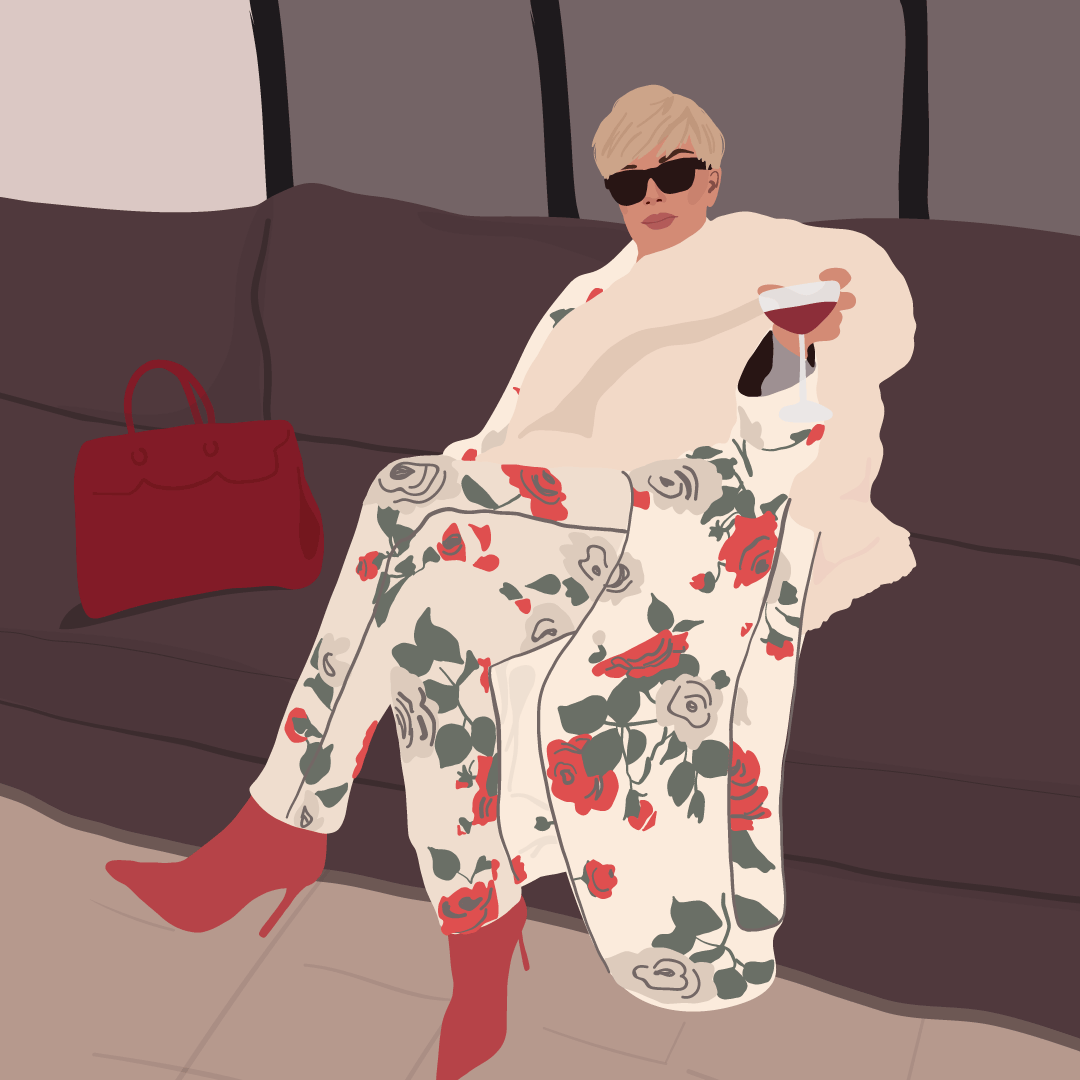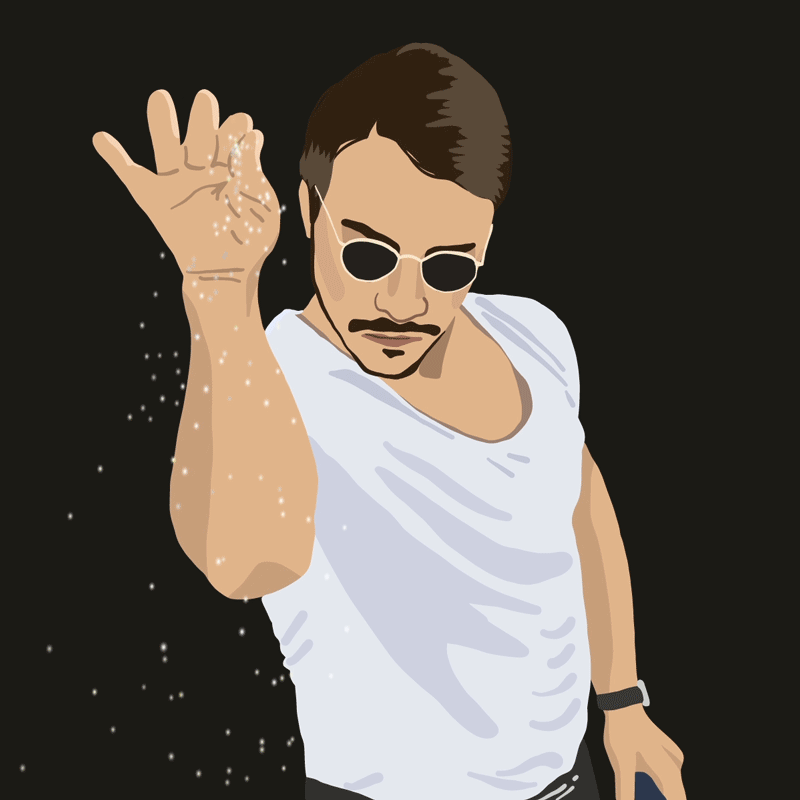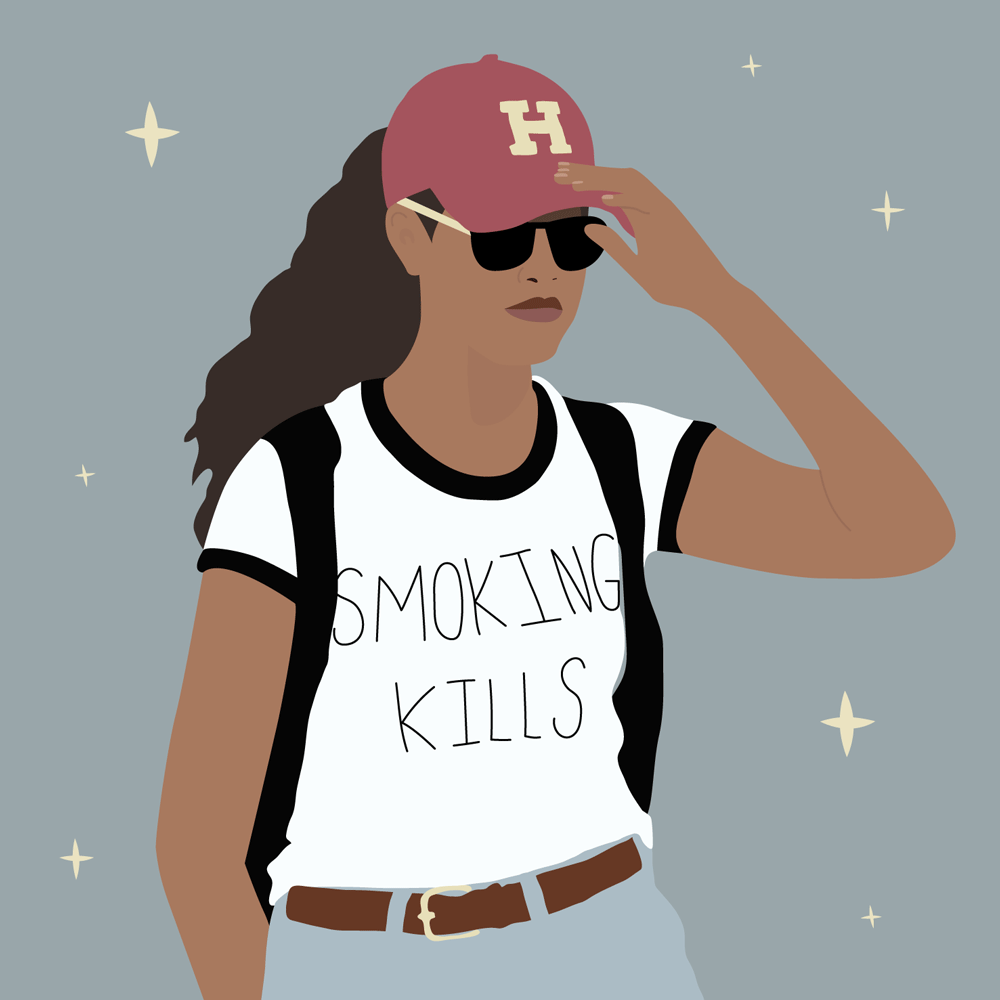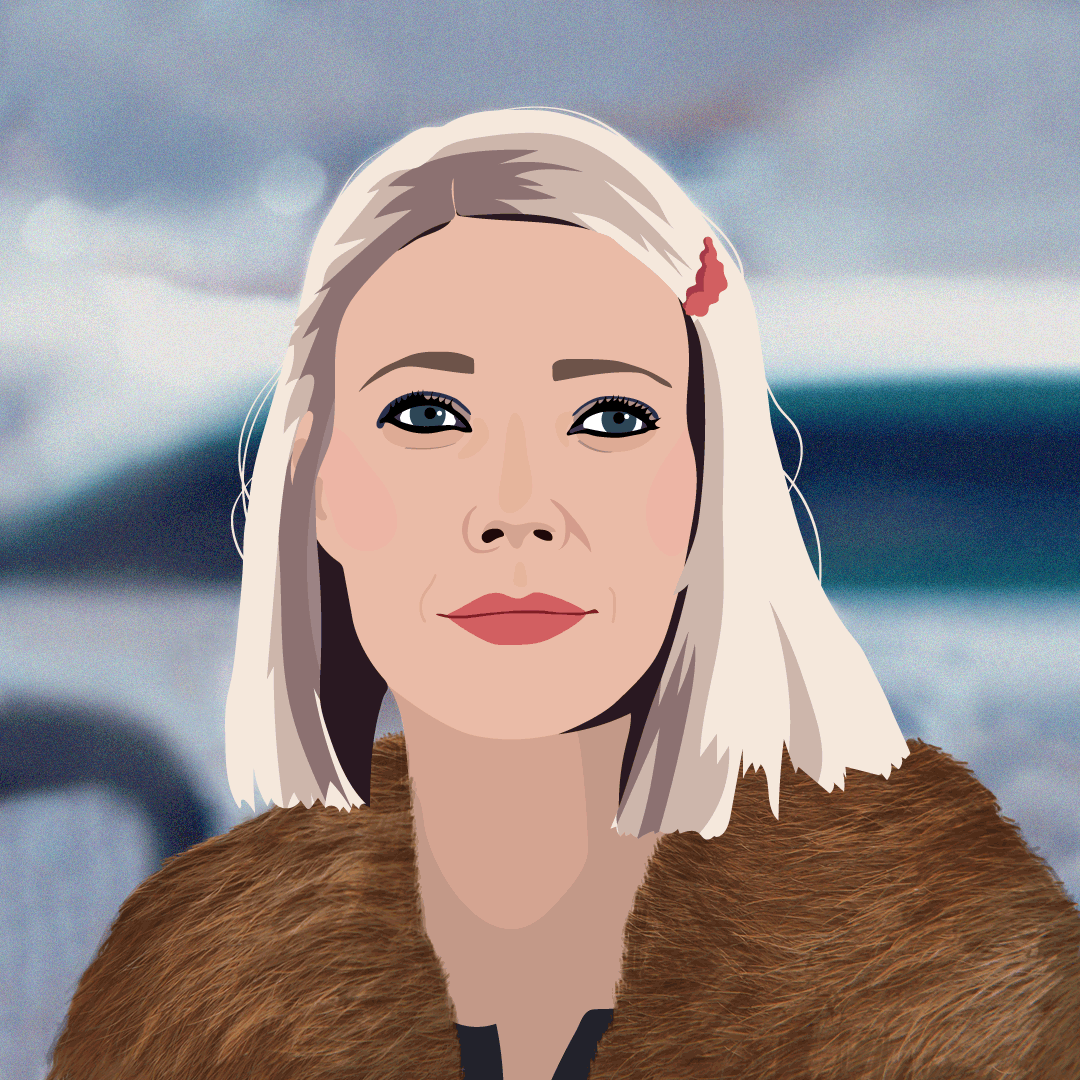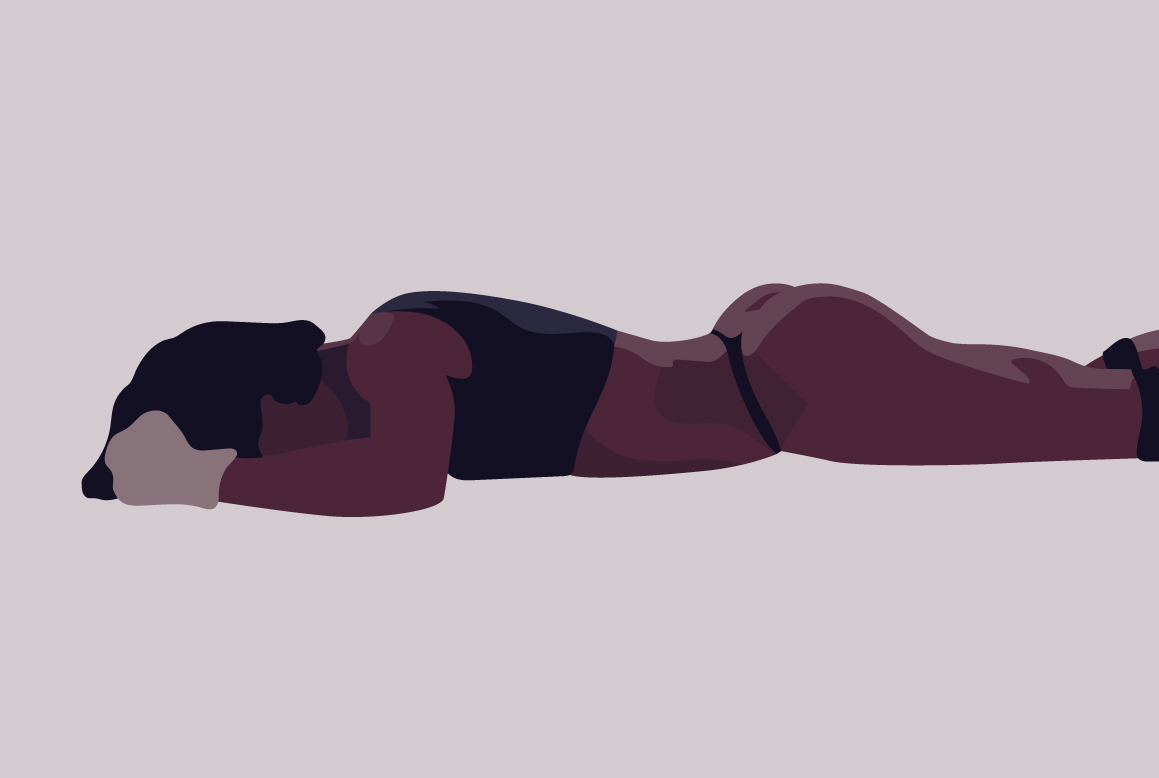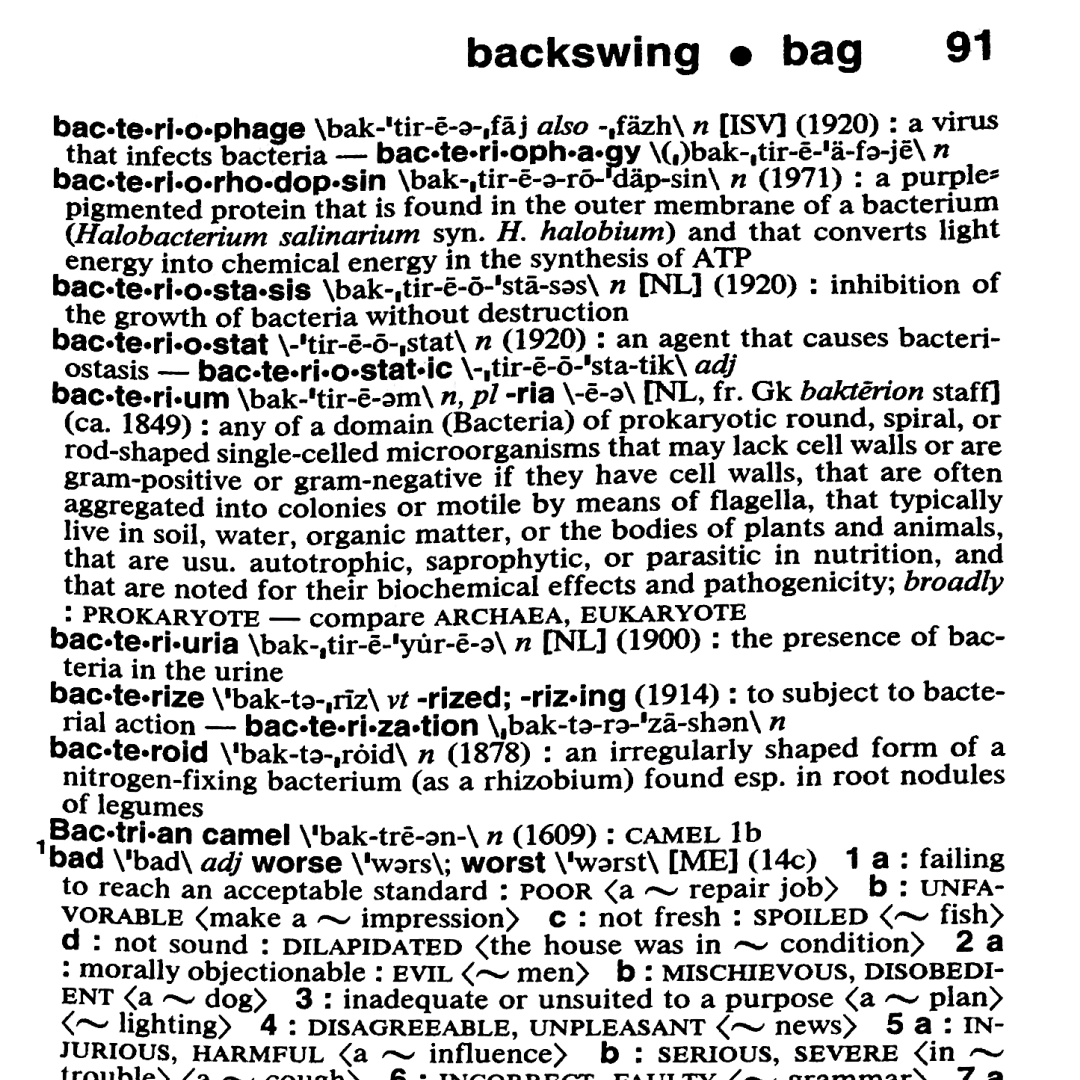The Unofficial GIF-Queen Julie Winegard
Bit by bit, the commodification of the GIF has grown from pixelated Web 1.0 images into its own sub-genre of communication since creator Steve Wilhite debuted the "graphics interchange format" 30 years ago.
Type into Google "the most famous GIFs" and you'll come up on a featured snippet of a Variety article that ranks "Illustrated Obama Mic Drop" as the top GIF of 2016 (and in Google's mind, of all time.) Created by Julie Winegard in July 2016, the artist had sensed that a dramatic shift in American politics was underway, and she wanted to pay tribute to the so-called end of an era.
"Imagery relating to the Obama Presidency seemed to assuage some of our anxious feelings and provided comfort that things would work out somehow," Julie told Beyond The Interview from New York City. "I think people, like me, were heartbroken to lose Obama as our leader and really connected with this GIF because we were going to miss him. The mic-drop ended up being an almost perfect visual to honor and celebrate Obama."
Owing to this formulaic sense of timing, trend-watching, and public consciousness, Julie has essentially become the internet's meme-of-record. She's stockpiled more than 388.4 million views on her GIPHY page and an ever-growing social media following. Julie talked to BTI about how she develops her GIFs and the importance of the format on our zeitgeist.
Beyond The Interview: You've captured some of the most important cultural moments in recent years and managed to condense them into 3-second GIFs. Does a moment come to you, or are you always on the lookout for the next GIF/illustration?
Julie Winegard: In most cases, a moment will hit me with inspiration. Because the internet moves so quickly from one trend to the next, I have to move fast when creating content about current events. Since GIFs can take a long time to make, I try to invest my time into ones that will not only look good but be culturally relevant for a decent amount of time. I like that my GIFs record internet history, and I am excited to one day look back on them and remember what was going on during that time. Sometimes I pick older internet moments to GIF that I feel have potential to be evergreen. Reaction and Celebrity GIFs tend to stay culturally relevant for years. My GIF of Obama mic-dropping, doubles up on this advantage—the mic-drop is a classic reaction, and Obama is such well-liked public figure.
BTI: What brands have you been most proud to collaborate with?
JW: I have enjoyed working with all of my clients in some way. It's nice to jump from doing fashion illustrations to exercise GIFs to pizza advertisements. It keeps things interesting, and it's challenging to come up with relevant content for such different topics. One of my favorite clients is NBC News. I've been able to stretch my creative muscles while working with them, making eye-catching, smart, and interesting work. I'm an avid news-reader, so it's neat to be a part of delivering the news to the public. I'm also proud to work with Shondaland because they feature so many strong women. Getting to illustrate Maxine Waters, Shonda Rhimes, and Michelle Obama is a dream come true!
“GIFs allow us to present a message in a short 3-second clip, give more emotion and meaning than most other forms of online communication, and have become symbols for major cultural events. ”
BTI: What programs do you use to create your GIFs? Can you walk us through the process?
JW: I use Adobe Illustrator, Photoshop, and AfterEffects to create my GIFs. For the most part, I use a technique called frame-by-frame animation, where I reference photos and videos to illustrate anywhere from 3-30 single frames that, when played consecutively, create a short clip. I start in Illustrator to make these frames, then bring them into photoshop to layer, sequence, and add any additional effects. I bring in AfterEffects to achieve certain special effects that I can't get with frame-by-frame animation. While drawing so many frames can be grueling, I haven't found a better way to animate natural and realistic-looking GIFs.
BTI: When creating an illustration of someone, what are the important features to highlight for likeness?
JW: Getting the likeness of a person can be very challenging! The eyes are the feature I am most fixated on. They carry so much personality and expression, so getting them right is essential. I can turn my still illustrations to life just by adding a simple wink or blink. Even that small of a gesture can make the illustration feel more vibrant.
BTI: Finally, what role do you see GIFs playing in the art world or the culture itself?
JW: GIFs are already a HUGE part of culture, and I am excited to see where they grow from here. GIFs allow us to present a message in a short 3-second clip, give more emotion and meaning than most other forms of online communication, and have become symbols for major cultural events. When I think of Women's Empowerment, I imagine Libby Vander Ploeg's "Lift Each Other Up" GIF. GIPHY has even hosted several GIF art exhibits, like "Loop Dreams," where they used holographic posters, projections, and VR to display GIFs. Some take a more fine-art approach, while others focus on branded work. It's amazing to see how different artists are using GIFs.
